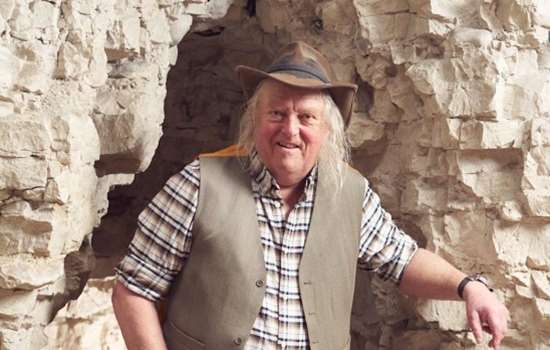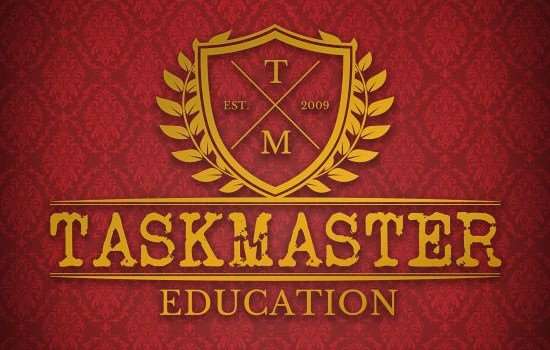Curriculum links
As one of the oldest industrial sites in Britain, education at Grimes Graves offers a fantastic insight into pre-history mining technology and the development in historic eras over the centuries.
- KS2 History: Changes in Britain from Stone Age to Iron Age
- KS3 History: An aspect or theme in British history that consolidates and extends pupils' chronological knowledge from before 1066
- KS1-3 History: A local history study
Free self-led visits
Bring your class to Grime's Graves, the only Neolithic flint mine open to visitors in Britain, for free! Enhance your teaching at this spectacular site, where your class will be immersed in our brand-new, spectacular audio-visual displays and can explore our new exhibition. As a Site of Special Scientific Interest and a habitat for rare plants and fauna, there are also lots of opportunities to explore the unusual ecosystems at Grime's.
Please note: visitors over the age of 7 can descend 9 metres (30ft) by ladder into one excavated shaft to see the jet-black flint.
Enquire nowPLAN YOUR VISIT
We have a wide range of materials to support your visit and make school trip planning easy. You can find all our site-specific information and tools below, and further information on our what to expect page.
Download our free resources to help you make the most out of your visit and create unique learning experiences before, during and after your trip. We also offer free planning visits once you have made a booking, plus a 20% discount on the official English Heritage guidebook for your place of choice.
Once you book your visit you’ll be sent a visit permit, which you’ll need to bring with you on the day.
Visit our bookings page to start planning your trip!
Learning Resources
-

Grime's Graves Teacher's Kit
Use this Teachers' Kit to support a free self-led visit to Grime's Graves. Explore the lunar landscape spotting butterflies and flowers, descend deep underground into the Neolithic mine and discover more with our schools' handling collection.
-

Phil Harding's Audio Guide
Listen to this audio tour hosted by archaeologist Phil Harding and English Heritage historian Dr Jennifer Wexler. Recommended for teachers and older students.
-

Midnight Flint
Read or listen to this story written by Sophie Kirtley about children living and working at Grime's Graves in the Neolithic period.
-

Taskmaster Education at English Heritage
We’ve teamed up with Taskmaster Education to bring an extra layer of fun to school visits to our sites. Find out more about how we can help you create a Taskmaster-style experience during your trip.
-

Greenwell's Pit Virtual Tour
Greenwell's Pit is not usually open to the public, so this virtual tour is a great way to peek into the past, and explore one of the deepest mines at Grime's Graves.
-
Meet a Prehistoric Flint Miner
Join Will Lord, a prehistoric survival expert, at Grime's Graves to discover more about what life was like for prehistoric flint miners.
-
What Happened in the Neolithic?
Find out more about life and developments during the Neolithic period with this animation.
-
How England Was Made: Neolithic Flint Mines
Discover evidence of early industry at Grime's Graves in this introductory video about the Neolithic Flint Mine.
-

Teaching Prehistory
Use historical information, learning activities and tips from our historians, curators and educational experts to support your prehistory teaching.
-
Enquire now
0370 333 1181
-
Visit our bookings page to start your enquiry. All bookings must be made at least 14 days in advance. Please make sure you check our terms and conditions ahead of your visit.
If you’d like more information about a site or one of our workshops, get in touch using the online form on our bookings page to speak to your local Learning and Participation Officer. We look forward to seeing you soon.
